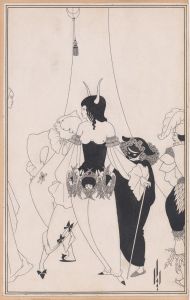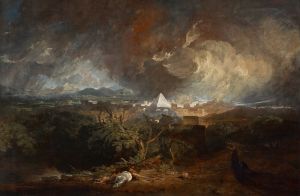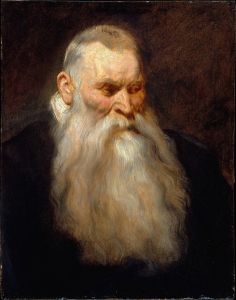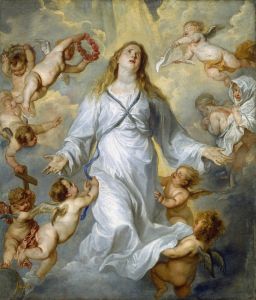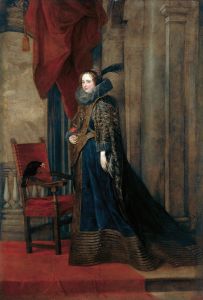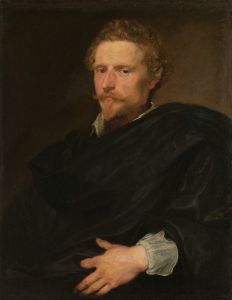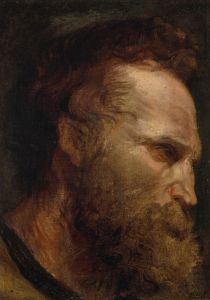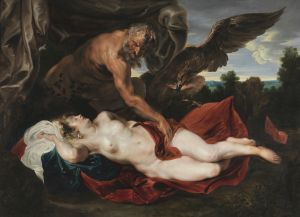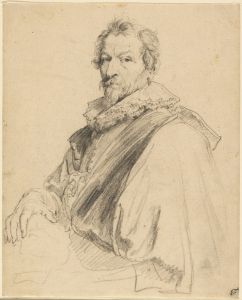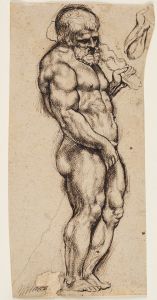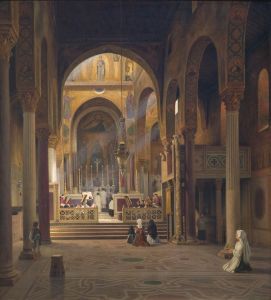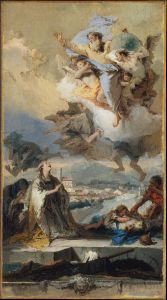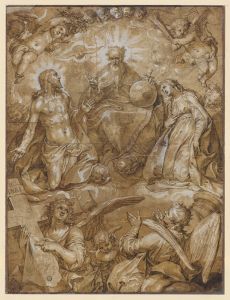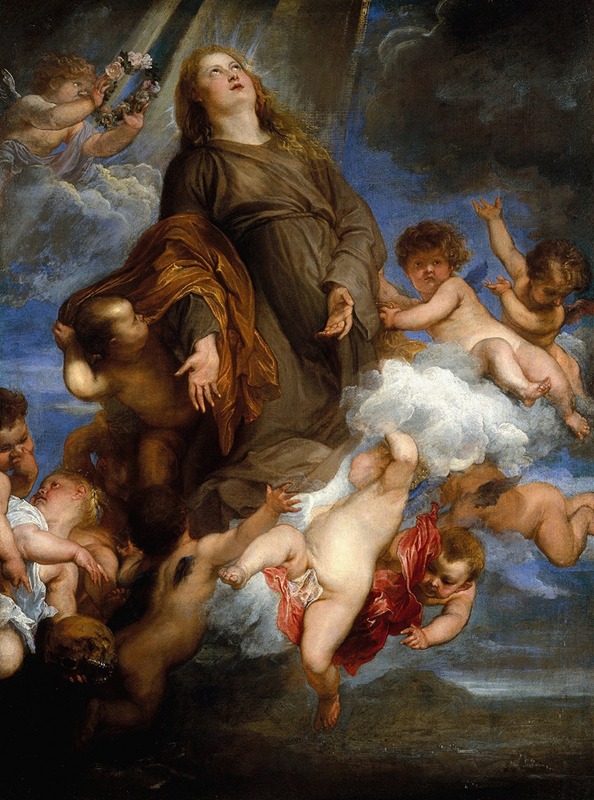
Saint Rosalie Interceding for the Plague-stricken of Palermo
A hand-painted replica of Anthony van Dyck’s masterpiece Saint Rosalie Interceding for the Plague-stricken of Palermo, meticulously crafted by professional artists to capture the true essence of the original. Each piece is created with museum-quality canvas and rare mineral pigments, carefully painted by experienced artists with delicate brushstrokes and rich, layered colors to perfectly recreate the texture of the original artwork. Unlike machine-printed reproductions, this hand-painted version brings the painting to life, infused with the artist’s emotions and skill in every stroke. Whether for personal collection or home decoration, it instantly elevates the artistic atmosphere of any space.
"Saint Rosalie Interceding for the Plague-stricken of Palermo" is a notable painting by the Flemish Baroque artist Anthony van Dyck. Created in 1624, this artwork is a significant example of van Dyck's religious compositions and reflects the historical context of its creation.
Anthony van Dyck was a prominent painter in the early 17th century, known for his portraits and religious works. He was a leading figure in the Flemish Baroque movement and was heavily influenced by the works of Peter Paul Rubens, under whom he studied. Van Dyck's style is characterized by its elegance, attention to detail, and the emotional depth of his subjects.
The painting depicts Saint Rosalie, the patron saint of Palermo, interceding on behalf of the city's inhabitants during a devastating outbreak of the plague. According to legend, Saint Rosalie appeared in a vision to a hunter in 1624, instructing him to find her remains and carry them through the city to end the plague. Her relics were discovered and processed through Palermo, after which the plague reportedly subsided. This event solidified her status as a protector of the city and led to her veneration as a saint.
In "Saint Rosalie Interceding for the Plague-stricken of Palermo," van Dyck captures the saint in a moment of divine intervention. The composition is dramatic, with Saint Rosalie depicted in the foreground, her gaze directed upwards as she pleads for mercy on behalf of the afflicted citizens. The painting is imbued with a sense of urgency and hope, reflecting the desperation and faith of the people of Palermo during the plague.
Van Dyck's use of color and light in this painting is particularly noteworthy. The artist employs a rich palette and dramatic chiaroscuro to highlight the saint's figure, creating a sense of divine illumination. The contrast between light and shadow enhances the emotional impact of the scene, drawing the viewer's attention to the saint's serene yet determined expression.
The painting is also significant for its historical context. It was created during van Dyck's stay in Palermo, where he had traveled in search of new opportunities and commissions. The outbreak of the plague in 1624 had a profound impact on the city, and van Dyck's painting reflects the collective anxiety and hope of the people during this time of crisis.
Today, "Saint Rosalie Interceding for the Plague-stricken of Palermo" is housed in the Museo Diocesano in Palermo, Italy. It remains an important cultural and historical artifact, offering insight into the religious and social dynamics of 17th-century Palermo. The painting is a testament to van Dyck's artistic skill and his ability to convey complex emotions and narratives through his work.
In summary, Anthony van Dyck's "Saint Rosalie Interceding for the Plague-stricken of Palermo" is a masterful depiction of faith and divine intervention during a time of crisis. Through its dramatic composition and emotional depth, the painting continues to resonate with audiences, serving as a reminder of the enduring power of art to capture the human experience.





